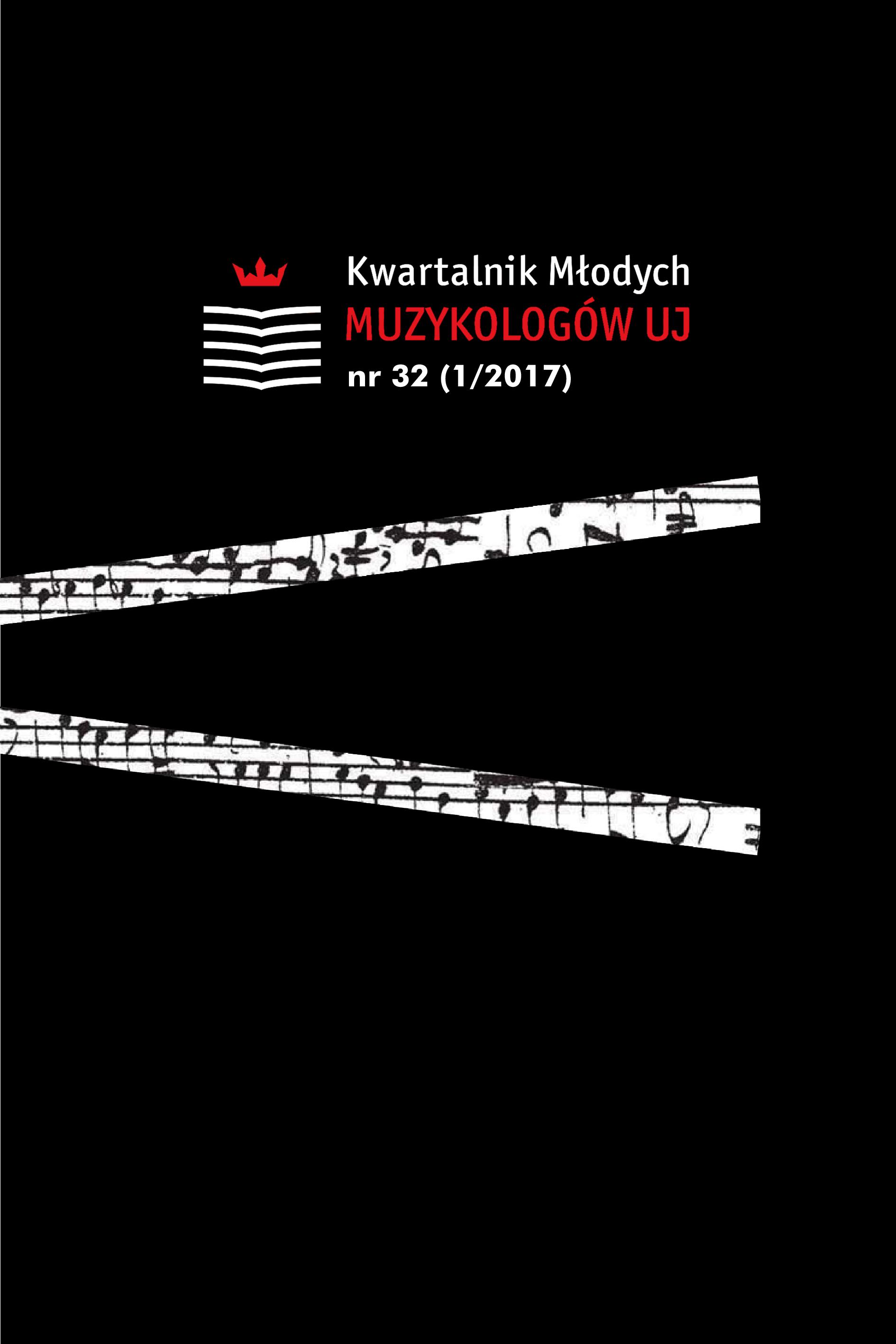Muzykalia w zbiorach Państwowego Muzeum Auschwitz-Birkenau
Musical sources survived in the Collection of the Auschwitz-Birkenau State Museum
Author(s): Hubert SzczęśniakSubject(s): Politics / Political Sciences, History, Social Sciences, Fine Arts / Performing Arts, Cultural history, Psychology, Jewish studies, Museology & Heritage Studies, Music, Bibliography, General Reference Works, Library and Information Science, Archiving, Cataloguing, Classification, Preservation, Political Theory, Sociology, Recent History (1900 till today), Special Historiographies:, Political behavior, Politics and society, Social psychology and group interaction, Studies in violence and power, Nationalism Studies, Victimology, Sociology of Culture, Sociology of the arts, business, education, WW II and following years (1940 - 1949), Fascism, Nazism and WW II, History of the Holocaust, History of Antisemitism, Sociology of Politics, Source Material, Sociology of Art
Published by: Koło Naukowe Studentów Muzykologii UJ
Keywords: KL Auschwitz-Birkenau; musical sources; Holocaust Music; Music and Politics; Auschwitz-Birkenau State Museum
Summary/Abstract: The article presents the conclusion of the research conducted by the author in the collection of the State Museum of Auschwitz-Birkenau, former German Nazi concentration and extermination camp. The sources are fully featured and described for the first time. The article focuses on showing a complicated post-war history of the camp items connected with music (musical instruments, printings, manuscripts, handwritten copies of instrumental books), which are auxiliary sources to reconstruct the repertoire of chapels in KL Auschwitz-Birkenau. The main aim of the article is to also discuss the preserved repertoire. In the last chapter, the author presents a short characteristics of original works composed by musicians and composers in slavery with a short analysis of all of them. Presented musical printings are a reflection of tastes of the German public in the 1930s as well as an example of ridiculous anthropological establishments of Nazi music scientists and no ability to implement it on listeners practice. In addition, the work contains annexes: musical instruments, original works composed during camp existence, and musical printings – a list of music materials which survived in the collection of the Auschwitz-Birkenau State Museum.
Journal: Kwartalnik Młodych Muzykologów UJ
- Issue Year: 2017
- Issue No: 01 (32)
- Page Range: 127-176
- Page Count: 50
- Language: Polish

